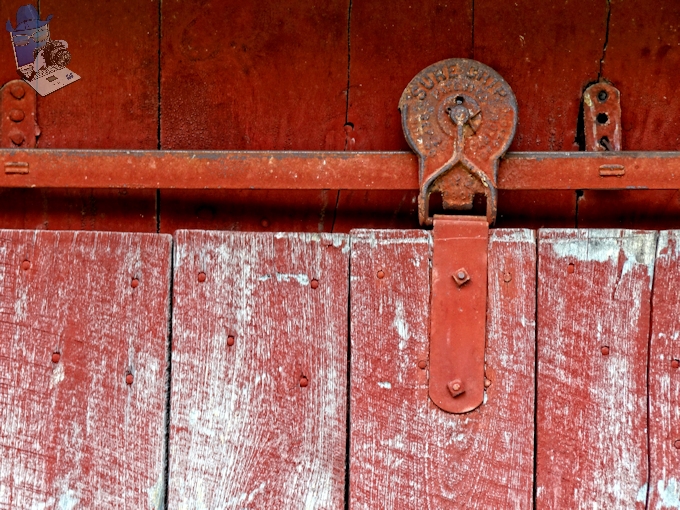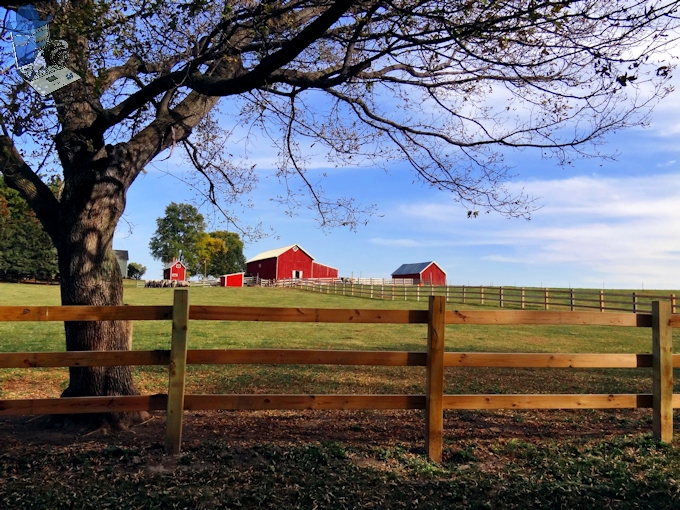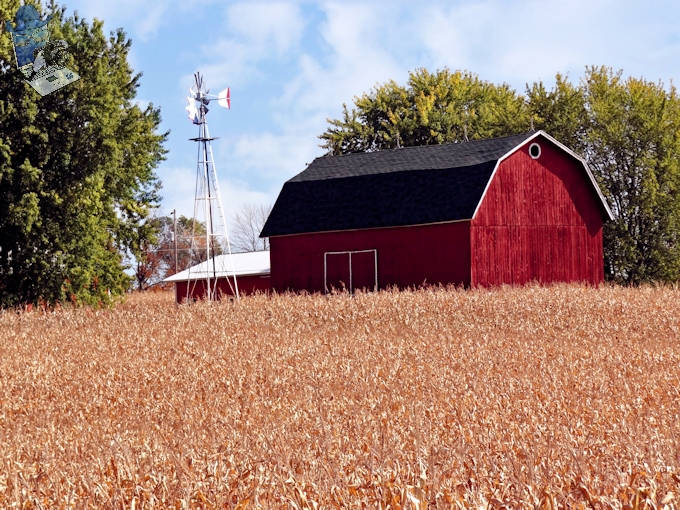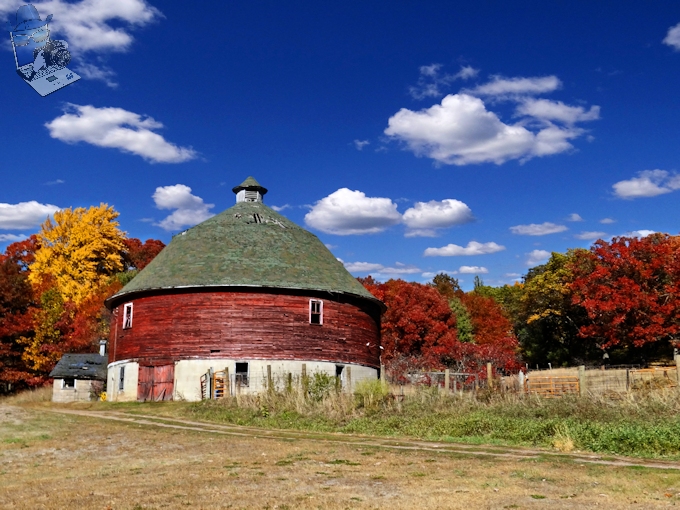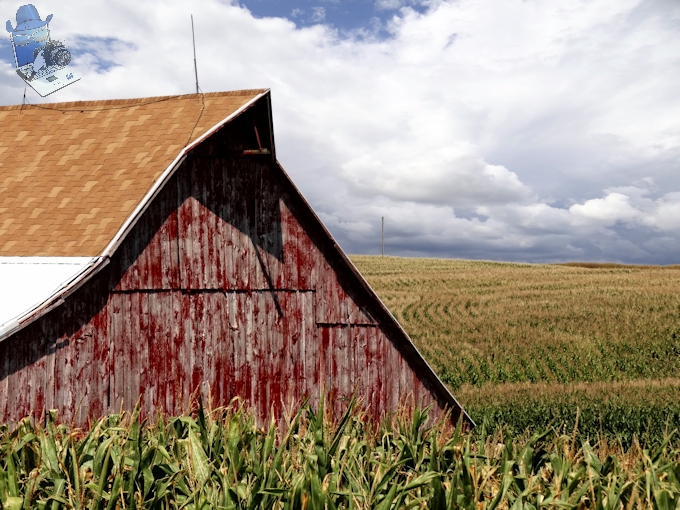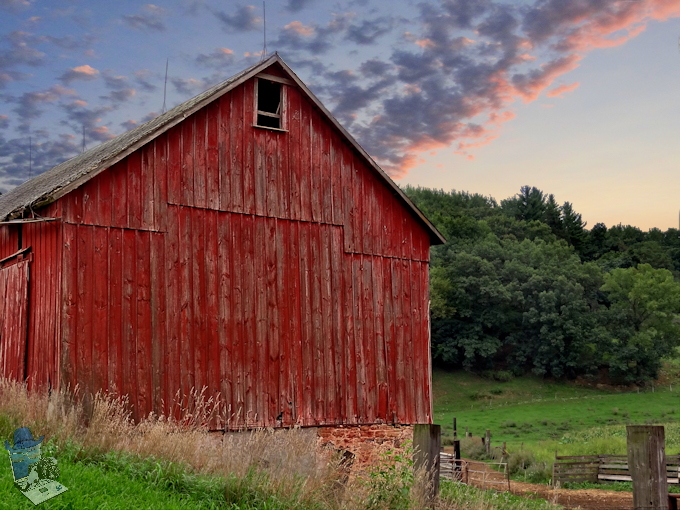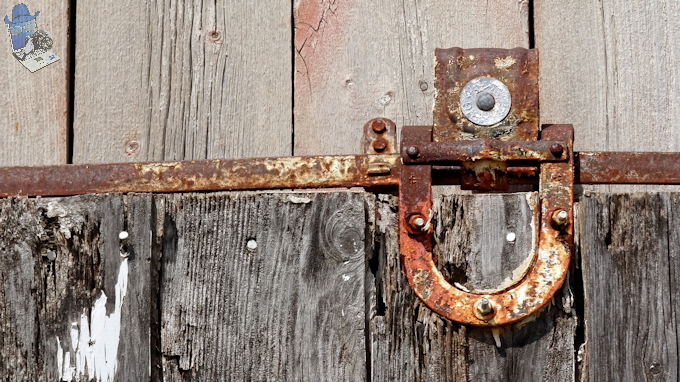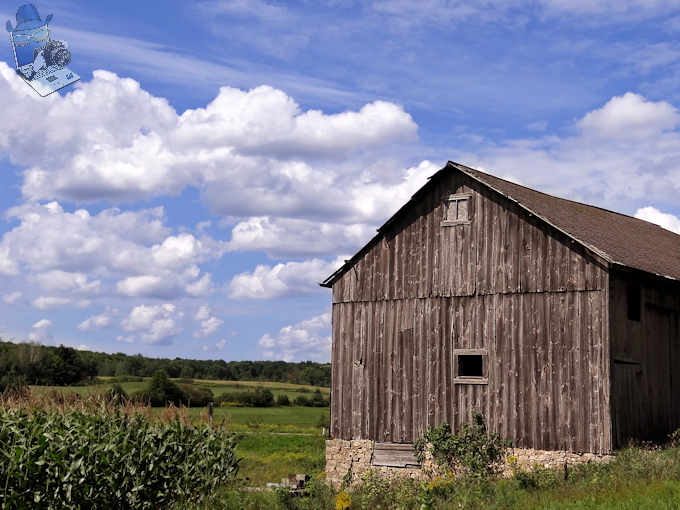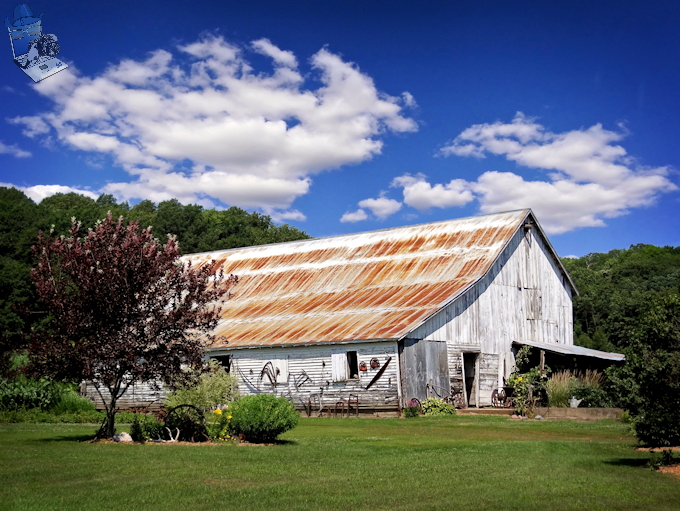Just like when I shoot pictures of flowers, I often take close ups of the old barns I photograph and you can discover some interesting things that way. This barn had two large doors but the door hangers where two different types although the same brand of hangers. This Myers Sure Grip door hanger was patented in 1901.
The F. E. Myers, and Bros., was founded in 1870 by Francis and Philip Myers in Ashland, Ohio. They built hay tools, carriers, forks, winnowers and door hangers. They also designed and built the first double acting pump which pumped water on both the up and down strokes. They are probably best known for their pumps, and many of the older pumps still survive.
Looking through some of the old Myers catalogs, there may some old Myers equipment in the old wooden barn that was on my parents farm but the barn is gone now after the wind took it down. But maybe it is good that is gone or someone might have swipe the door hangers right off the door as I have seen this door hanger go for over a hundred dollars on auctions. I wonder what they cost back in 1901.
Myers Sure Grip Door Hanger


